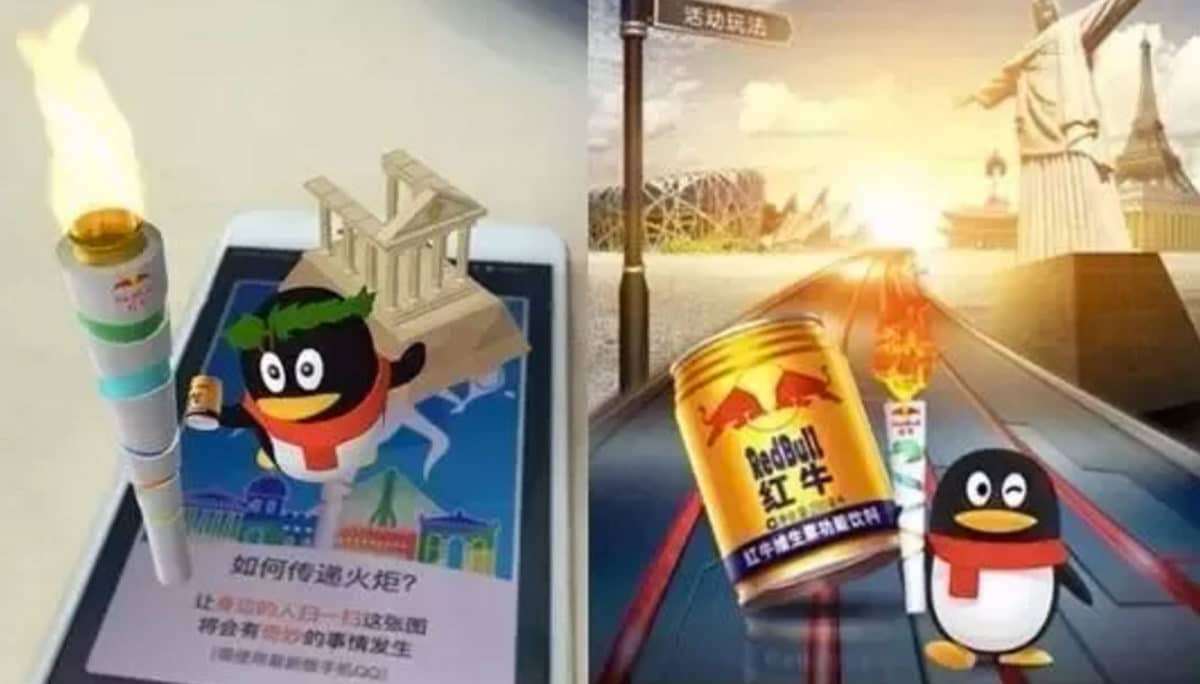Pokemon Go shook the world as the first large-scale application of Augmented Reality.
Now plenty are trying to follow the lead, including Tencent…
The QQ Augmented Reality campaign
QQ launched on Friday a massive augmented reality campaign. For this occasion, the QR code-scanner of QQ has been modified to include an “Augmented Reality scanner”.
The principle of the campaign is to “pass the Olympic torch”. The way it works is the following:
- Find a friend who has already scanned the Olympic torch
- Scan the “olympic torch” picture displayed from your friend’s QQ account
- The QQ Penguin will appear in augmented reality and light the torch for you
- You are now carrying the torch, you can spread the fire!
- Each time your fire is shared, you earn “points” to win a competition, like in the graph bellow
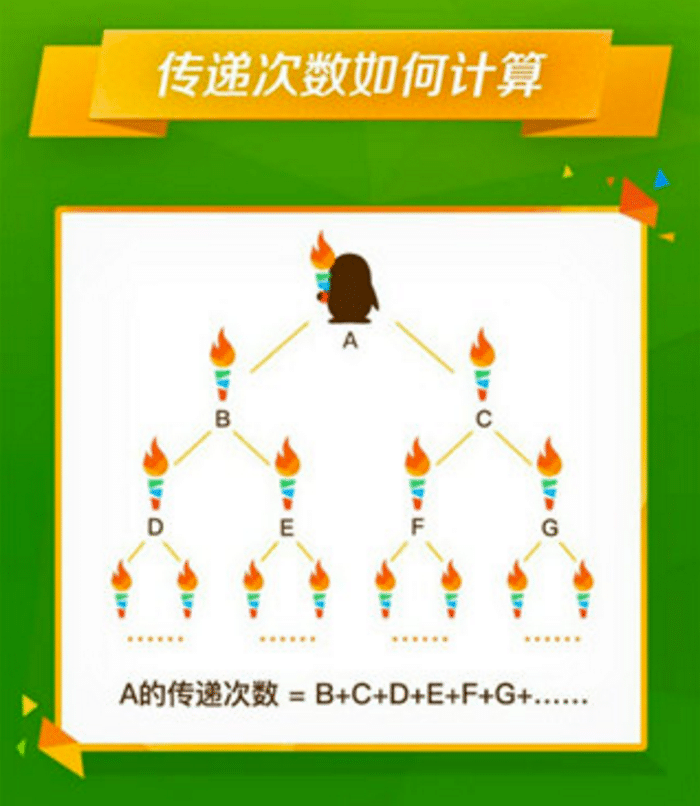
You can try it by yourself by scanning the following image:
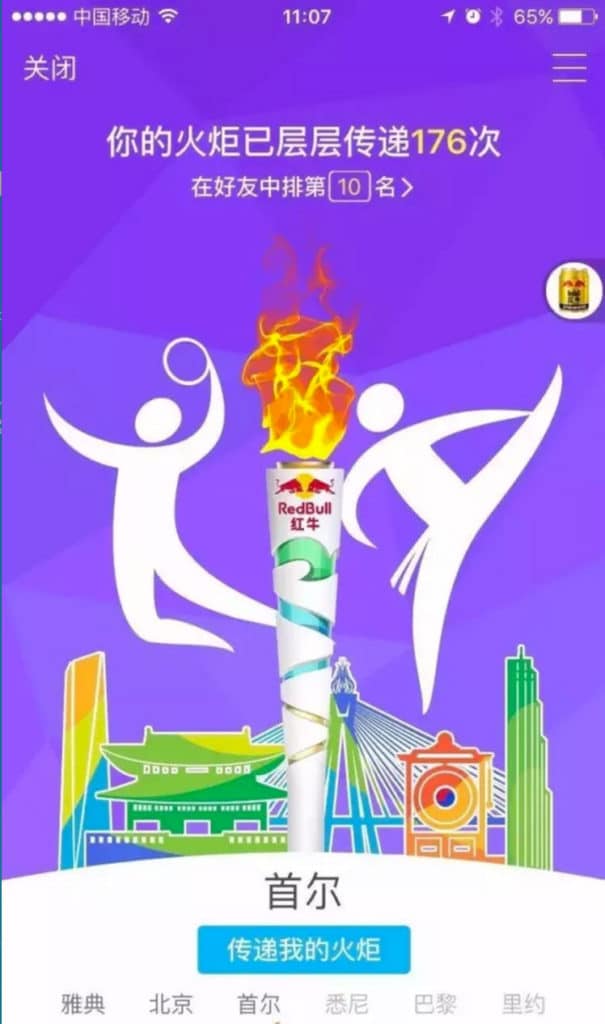
If you tried scanning the flyer above, you might have noticed something… You saw the QQ penguin appear on your screen, but you got an error message and you are no longer a torch bearer.
Why is that? Because of the very core concept behind Augmented Reality: pulling the virtual world and the online world together in a very deep way through geo-localisation.
Geo-localisation and the QQ campaign
When scanning a picture of the torch, an error appears if Tencent notices that the person scanning the torch and the person holding the torch have different GPS coordinates.
Just like in Pokemon Go, it is not only about interacting with certain people and objects online, but doing so in specific places.
This constraint is not a bug, it is a feature. It brings with it several advantages.
#1. Noticeability
Some applications have an ability to create word-of-mouth in the physical world because they force users to engage in “weird” behaviors.
Our social media accounts have been flooded with pictures of people all over the world holding their phone trying to catch Pokemons. This very behavior already creates conversations and makes the game more popular.

The same thing can be said if you are starting to scan the Olympic Torch to make the QQ Penguin appear: it will likely get people talking about QQ!
But noticeability is not a new feature of Pokemon Go or Augmented Reality. Applications like Shazam already had such characteristics: people tend to hold their phone up when trying to identify a song which can spark a conversation about the APP.
#2. Mobility
The killer application of Pokemon Go is the ability to drive users to specific places by giving them the prospect of catching more Pokemons there.
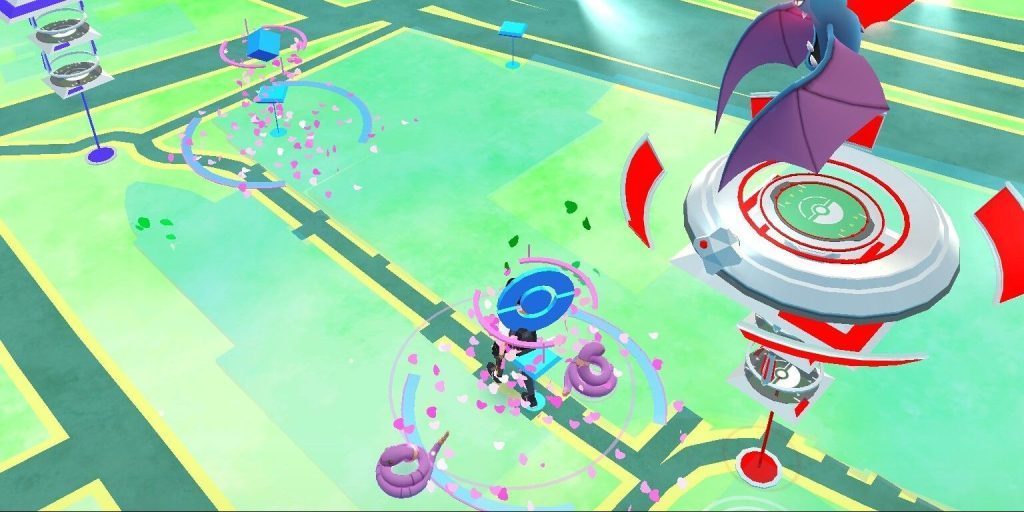
Such ability to move people around is essential to augmented reality is essential to Augmented Reality as it opened new channels for monetization: businesses can pay to get more foot traffic toward their location (in the case of Pokemon Go, through Lures and Gyms).
#3. Contextuality
Augmented reality campaigns also enable to display images or experiences which are heavily reliant on the context of the user.
For instance, an Augmented Reality notification might appear only when seeing the face of a specific person, or a specific object.
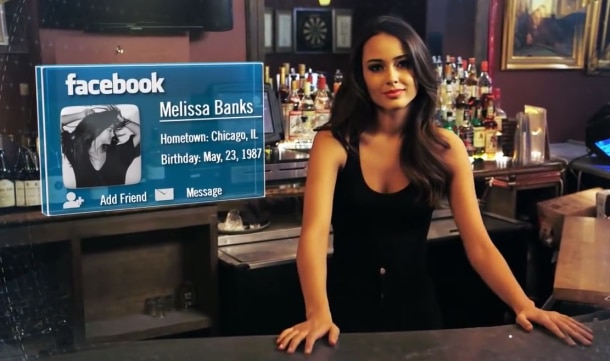
As of today, most people are not walking daily with an Augmented Reality headset on their head. It means most context is based on “markers” that people have to scan (in this case, the Olympic Torch).
Interestingly, Tencent is bringing combining both “location based Augmented Reality” (showing something if people are close to a certain location) and “market based Augmented Reality” (showing something if people scan a certain object): you need to scan the Olympic torch while standing close to the person holding it.
Conclusion
With this campaign, Tencent is not only going for a PR coup. The company is experimenting with what is likely to be one of the most disruptive technologies of the coming decade.
A simple marketing campaign is a good place to start. Full integration of Augmented Reality inside WeChat and QQ is down the path.

